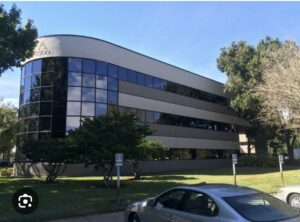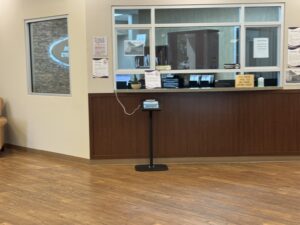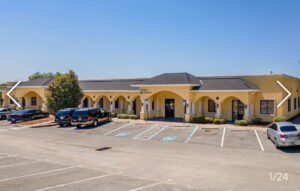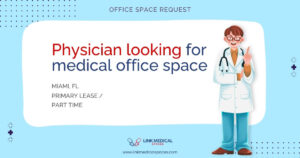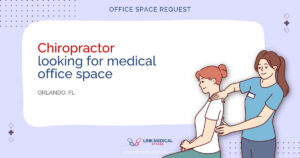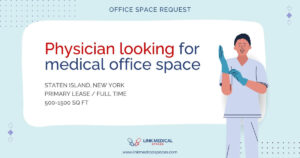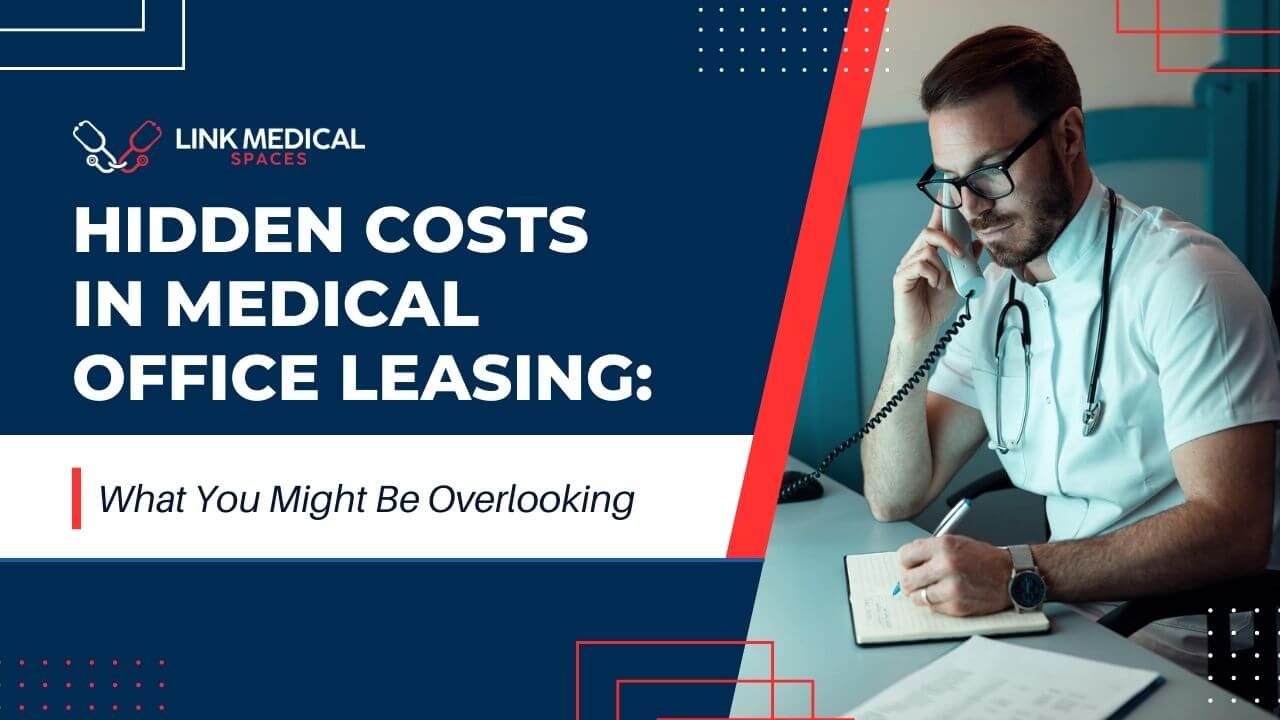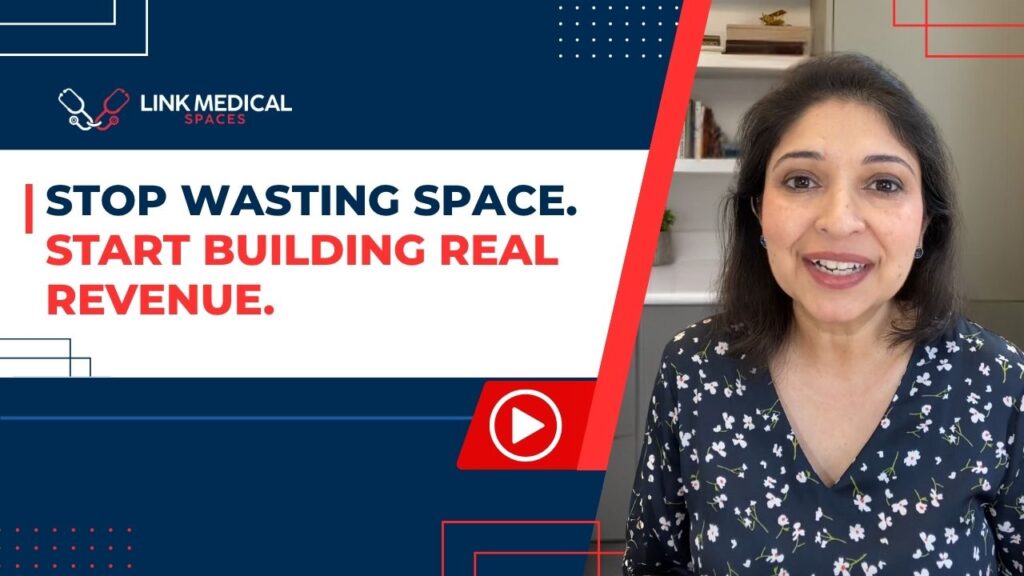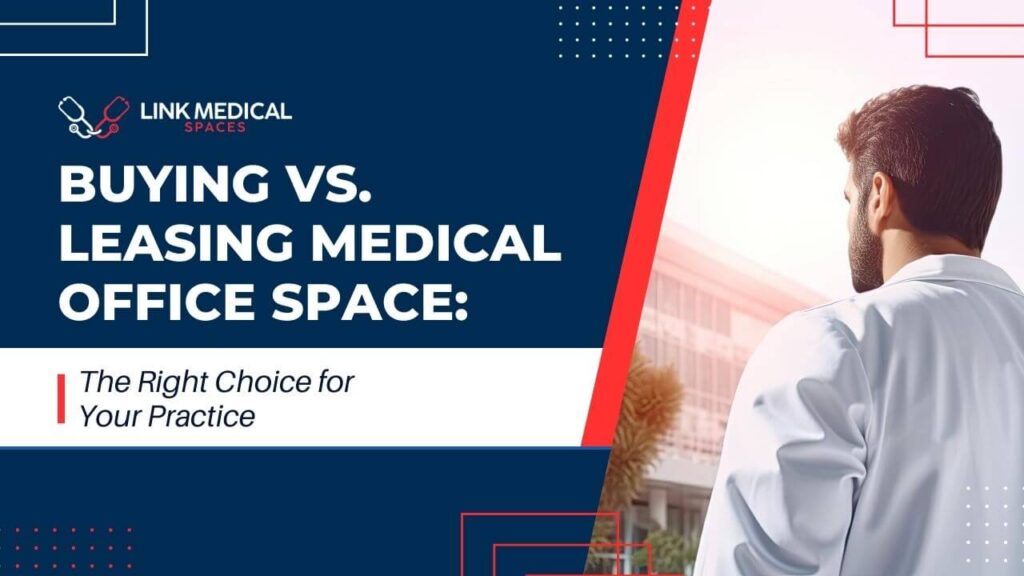Leasing a medical office space is a major financial commitment, and while the base rent is the most obvious expense, many healthcare providers underestimate hidden costs that can significantly impact their bottom line.
From unexpected maintenance fees to build-out costs and rent escalations, these expenses can add up quickly—sometimes making a lease far more expensive than anticipated. In fact, according to CBRE’s U.S. Medical Office Trends Report, the cost of leasing and maintaining medical office space has been steadily increasing due to higher property taxes, rising labor costs, and inflation-related expenses(Bisnow.com).
To avoid unpleasant financial surprises, it’s essential to understand these hidden costs before signing a lease.
What This Guide Covers:
✔ Common Area Maintenance (CAM) fees and how they’re calculated
✔ Who pays for repairs? Understanding tenant vs. landlord responsibilities
✔ The cost of build-outs and custom modifications
✔ Rent escalations & annual increases: What to expect
✔ Legal fees, insurance requirements, and compliance costs
Understanding Common Area Maintenance (CAM) Fees
What Are CAM Fees?
Common Area Maintenance (CAM) fees are charges that cover the cost of maintaining shared areas within a medical office building (MOB) or commercial property. These fees are usually split among all tenants in the building.
What’s Included in CAM Fees?
✔ Lobby, hallways, and shared restroom upkeep
✔ Parking lot maintenance and landscaping
✔ Security personnel and surveillance systems
✔ Elevator servicing and mechanical repairs
✔ Building-wide HVAC maintenance
How CAM Fees Impact Medical Tenants
CAM fees are often passed on to tenants in a “Triple Net” (NNN) lease, meaning the tenant pays a share of property taxes, insurance, and maintenance costs in addition to rent. These fees can be unpredictable and increase annually due to inflation, unexpected repairs, or rising utility costs.
🔎 Pro Tip: Always ask for a detailed breakdown of CAM fees and negotiate a cap on annual increases to avoid excessive charges.
Who Pays for Repairs? Tenant vs. Landlord Responsibilities
Many healthcare providers assume that landlords handle major repairs, but lease agreements often place some or all maintenance responsibilities on tenants.
Key Repair Responsibilities to Review in Your Lease:
| Item | Tenant’s Responsibility? | Landlord’s Responsibility? |
|---|---|---|
| HVAC System | Often tenant (in NNN leases) | Landlord in Full-Service leases |
| Plumbing & Electrical | Tenant (for office-specific issues) | Landlord (for building-wide systems) |
| Roof & Exterior Repairs | Usually landlord | Usually landlord |
| Interior Maintenance (walls, flooring, fixtures) | Tenant | N/A |
| Medical Equipment Installation | Tenant | N/A |
HVAC Repairs: In many medical leases, tenants are responsible for HVAC maintenance and repairs, which can be expensive. A new HVAC system can cost $5,000-$15,000, depending on the unit size.
🔎 Pro Tip: Negotiate a “HVAC replacement clause” stating that the landlord is responsible for replacing outdated HVAC units instead of the tenant bearing the full cost.
Build-Out & Custom Modification Costs
Medical offices require specialized layouts, plumbing, and electrical upgrades that standard commercial spaces don’t have.
Common Build-Out Costs for Medical Practices:
✔ Plumbing & Additional Sinks – $3,000-$10,000 per sink
✔ Medical-Grade Flooring & Walls – $8-$15 per sq. ft.
✔ Lead-Lined Walls for X-Ray Rooms – $10,000-$25,000
✔ HVAC Upgrades for Surgical Areas – $15,000+
✔ Custom Waiting Rooms & Exam Rooms – $50,000+
According to GlobeSt, renovation costs for medical offices have increased by 15-20% since 2020 due to labor shortages and rising material costs.
🔎 Pro Tip: Negotiate a Tenant Improvement (TI) Allowance where the landlord covers part or all of your build-out costs. In competitive markets, landlords may offer $30-$100 per sq. ft. in TI allowances to attract medical tenants.
Rent Escalations & Annual Increases: What to Expect
Most medical office leases include rent escalation clauses, meaning your rent will increase annually.
Types of Rent Increases:
✔ Fixed Annual Increases – Rent increases by 2-5% per year (common in long-term leases).
✔ CPI-Based Increases – Rent adjusts based on inflation rates (can fluctuate unpredictably).
✔ Stepped Rent Increases – Rent starts lower and gradually increases over time.
Why This Matters:
With medical office rent averaging $23-$30 per sq. ft. in major U.S. cities, even a 3% annual increase can add tens of thousands of dollars to your costs over a multi-year lease.
🔎 Pro Tip: Negotiate a cap on annual rent increases or request a longer fixed-rate period to stabilize costs.
Legal Fees, Insurance Requirements & Compliance Costs
Legal & Compliance Expenses to Consider:
✔ Attorney Fees – Lease review by a healthcare real estate attorney can cost $3,000-$10,000.
✔ Medical Liability Insurance – Some landlords require additional policies that cost $5,000-$15,000 per year.
✔ OSHA & ADA Compliance – Retrofitting for disability access and infection control can cost $10,000-$50,000.
🔎 Pro Tip: Always budget for legal and insurance costs upfront, as these are often overlooked but necessary for compliance.
Final Thoughts: Protect Your Practice from Hidden Lease Costs
Before signing a lease, carefully review all potential expenses beyond base rent.
✔ Understand CAM fees & negotiate caps on increases
✔ Clarify repair responsibilities (especially HVAC costs)
✔ Factor in build-out costs & negotiate TI allowances
✔ Plan for rent escalations & request fixed-rate periods
✔ Budget for legal fees, insurance, and compliance costs
By addressing these hidden costs upfront, healthcare providers can avoid financial surprises and ensure their medical office lease remains a smart investment.


